The art of Japanese kaiseki cuisine represents one of the most refined culinary traditions in the world. Rooted in the tea ceremony culture of the 16th century, this multi-course dining experience is as much about seasonal awareness as it is about flavor. Unlike conventional Western dining, kaiseki follows a strict sequence designed to engage all senses while honoring the natural rhythms of the ingredients. The pacing is deliberate, the portions precise, and the presentation an exercise in restrained elegance.
A traditional kaiseki meal unfolds like a carefully composed poem, with each dish serving as a stanza that builds upon the last. The experience begins with the sakizuke, an appetizer akin to an amuse-bouche, meant to set the tone for the meal. This is followed by the hassun, a seasonal platter that often features both land and sea elements, symbolizing harmony. The chef’s creativity shines here, as the arrangement reflects the current month’s flora, fauna, and cultural celebrations.
As the meal progresses, the mukōzuke arrives—a sashimi course showcasing the day’s freshest catch. The fish is sliced with exacting precision, and its accompaniments (wasabi, soy sauce, or perhaps a citrus-based ponzu) are chosen to enhance rather than overpower. Next comes the takiawase, a simmered dish where ingredients are cooked separately but served together, allowing each component to retain its distinct texture and flavor. The broth, often a delicate dashi, is the soul of this course.
One of the most anticipated moments is the presentation of the yakimono, a grilled dish that highlights the chef’s mastery of fire. Whether it’s a slice of marinated fish or a tender piece of Wagyu beef, the charring is always subtle, a whisper of smoke rather than a shout. Following this, the shokuji (rice-based dishes) appear, signaling the transition toward the meal’s conclusion. A small bowl of miso soup and pickled vegetables (kōno mono) accompany the rice, providing balance and cleansing the palate.
The final act of a kaiseki meal is the mizumono, a dessert that often incorporates fresh fruit, sweet bean paste, or a delicate jelly made from agar. Unlike Western pastries, the emphasis is on lightness and natural sweetness. Some chefs may serve matcha tea with a wagashi (traditional confectionery) as a nod to kaiseki’s tea ceremony origins. The aftertaste is as important as the first bite—lingering but never cloying.
What distinguishes kaiseki from other dining styles is its unwavering commitment to ichigo ichie—the philosophy that each encounter is unique and will never recur in the same way. The courses may follow a template, but the ingredients, their arrangement, and even the tableware change daily to reflect seasonality and the chef’s inspiration. A cherry blossom petal floating in a soup bowl in spring, a maple leaf garnish in autumn—these touches transform the meal into a transient work of art.
Beyond the food itself, the setting plays a crucial role. High-end kaiseki restaurants often feature minimalist interiors with shoji screens and alcoves displaying ikebana or scroll paintings. The servingware—antique ceramics, lacquered boxes, or rough-hewn pottery—is curated to complement both the food and the season. Even the silence between courses is intentional, allowing guests to reflect on the flavors and the craftsmanship behind them.
Modern interpretations of kaiseki have emerged, with some chefs incorporating Western techniques or unconventional ingredients. Yet the core principles remain untouched: respect for the ingredient’s essence, balance in texture and temperature, and an unbroken connection to the natural world. To experience kaiseki is to witness a culinary tradition that has perfected the art of ephemeral beauty—one that lingers in memory long after the last dish is cleared.

By Laura Wilson/May 10, 2025
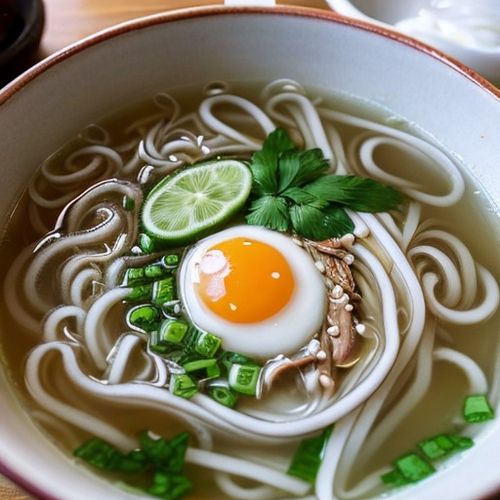
By Christopher Harris/May 10, 2025

By Samuel Cooper/May 10, 2025
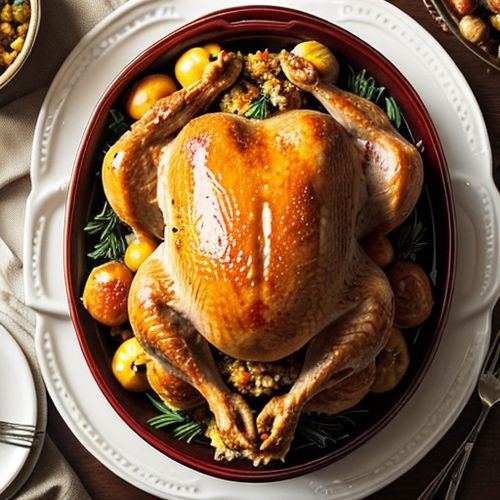
By Megan Clark/May 10, 2025
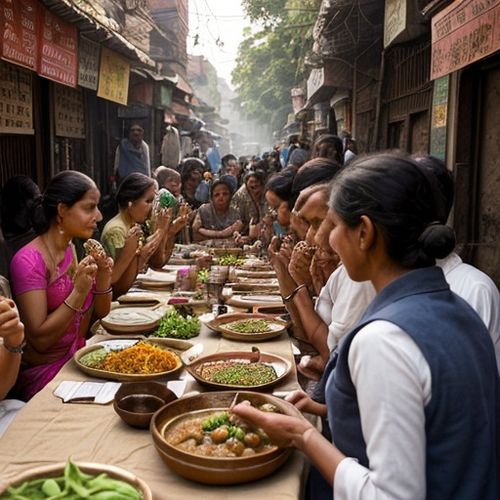
By Olivia Reed/May 10, 2025
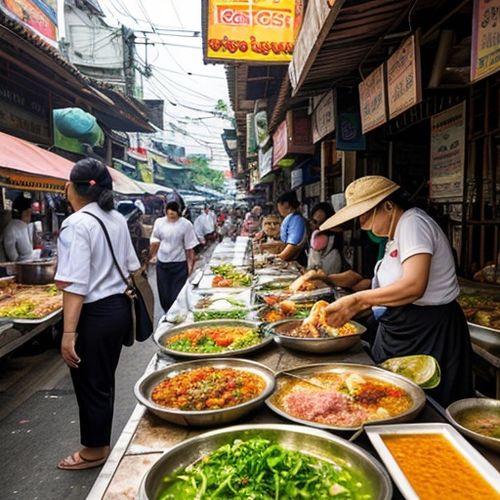
By Natalie Campbell/May 10, 2025
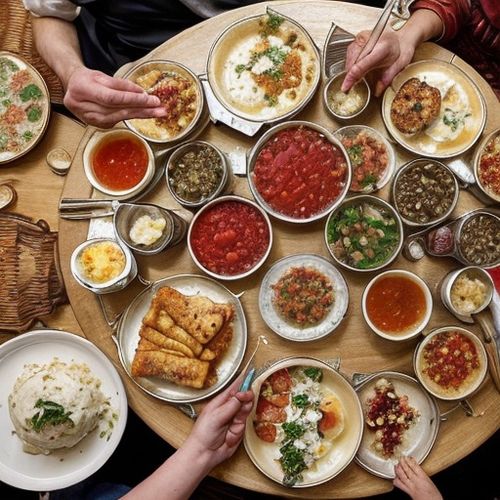
By Sophia Lewis/May 10, 2025
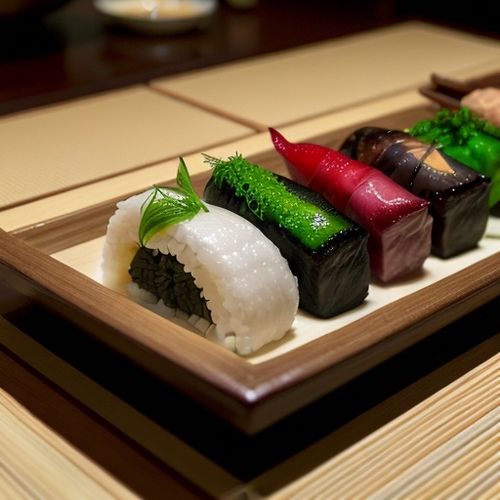
By George Bailey/May 10, 2025
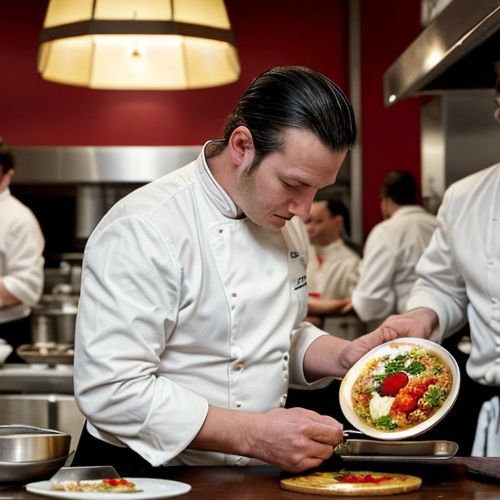
By Eric Ward/May 10, 2025
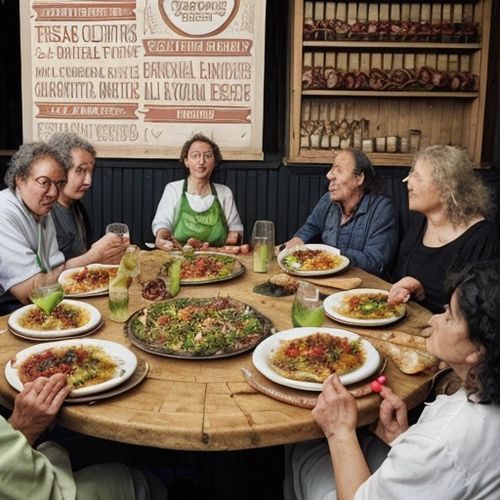
By Daniel Scott/May 10, 2025

By George Bailey/May 10, 2025
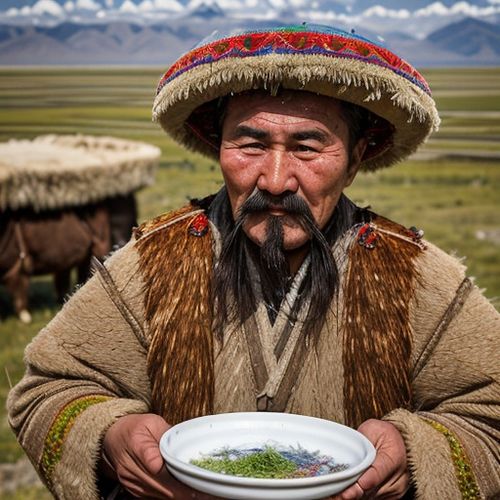
By Elizabeth Taylor/May 10, 2025

By Natalie Campbell/May 10, 2025

By Emily Johnson/May 10, 2025
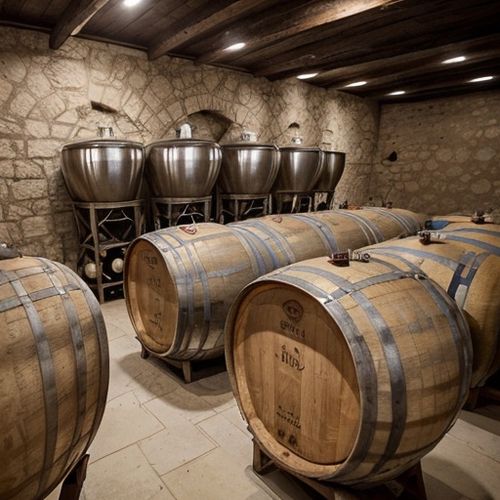
By Elizabeth Taylor/May 10, 2025

By Thomas Roberts/May 10, 2025
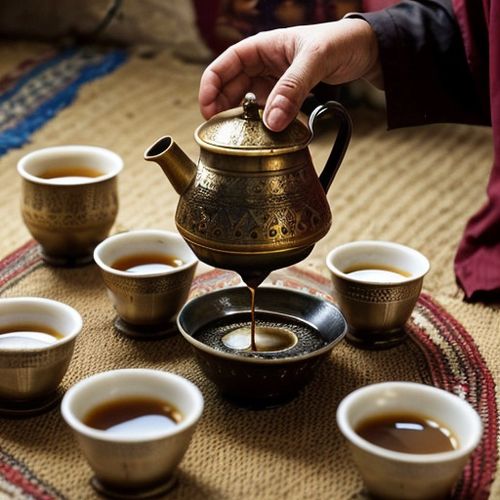
By Christopher Harris/May 10, 2025
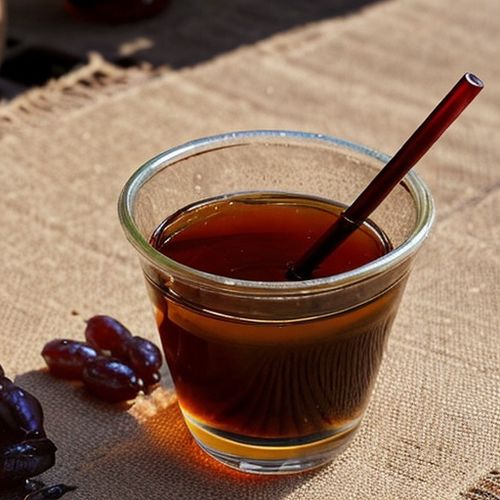
By Megan Clark/May 10, 2025
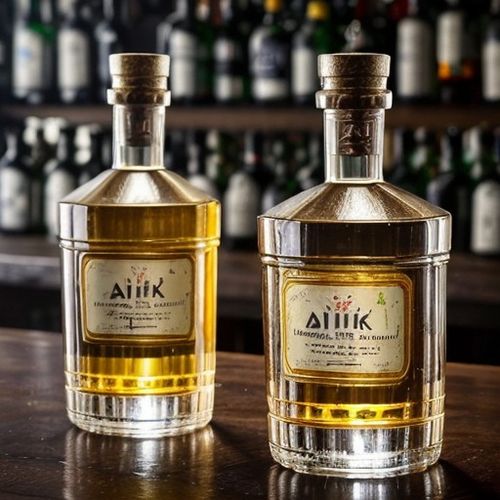
By Samuel Cooper/May 10, 2025
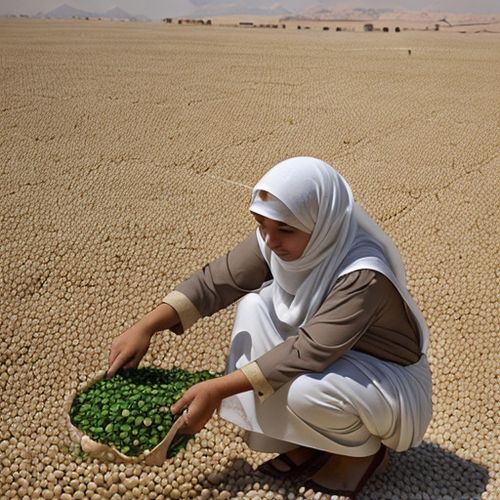
By James Moore/May 10, 2025